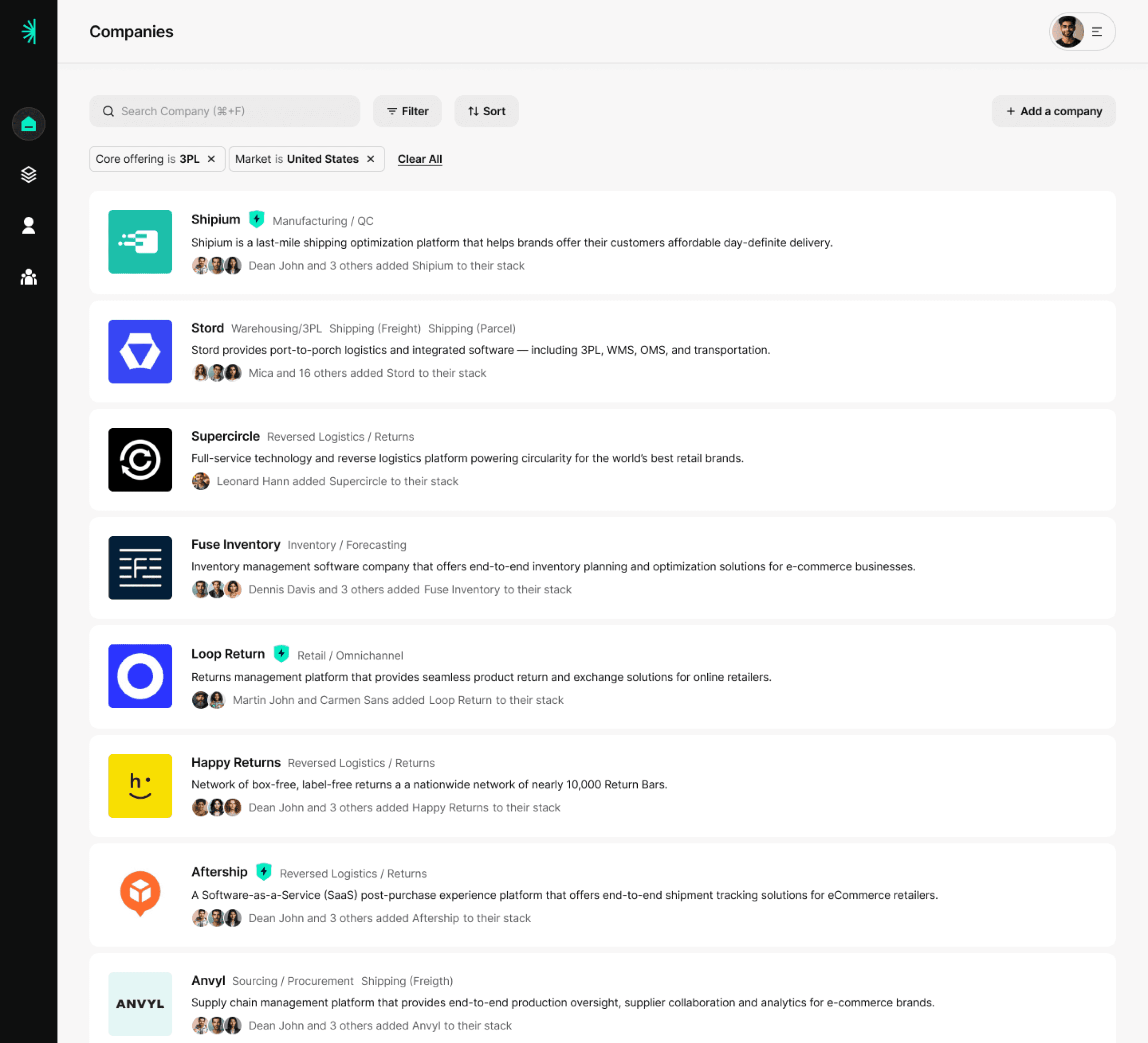Caraway’s founding team had their eyes on omnichannel expansion from Day 1.
Mark Riskowitz
TLDR:
Caraway went from D2C to full omnichannel in under a year. Today they sell through 20+ channels. Here's how they did it.
The setup
Mark Riskowitz is the VP of Operations at Caraway, a kitchenware brand. He was also the first employee, helping guide it from pre-revenue to the major player it is today in the kitchen space.
Despite looking like many other D2C brands, Caraway’s founding team had their eyes on omnichannel expansion from Day 1.
What happened
For its first year of operations, Caraway was a single-channel brand (online D2C).
However, they took some key steps early on to ensure that they were prepared for omnichannel growth. These included:
Implementing an ERP — Caraway chose Fulfil as their ERP. Despite Caraway being a relatively young company, they made this investment early because it gave them a foundation for more complex wholesale operations.
Finding a 3PL that handles omnichannel very well. Caraway today works with ITS Logistics, who handle both ecommerce and retail distribution for them.
Finding a great EDI provider. There are many options on the market for EDI (SPS Commerce being one of the best known). In Caraway’s case, they selected Orderful.
Familiarizing themselves with middleware and dropship platforms that directly integrate into Shopify, ERPs and other operations tools
Their first new channel Caraway launched was Zola — a wedding registry platform that was a great fit for Caraway’s product. The near-immediate success of this channel served as validation that they could expand into other marketplaces, retailers and dropship partners successfully.
Since then, they’ve expanded into multiple other types of channel:
In-store partnerships with retailers like Crate & Barrel, The Container Store, Target, and Nordstrom.
Dropship partners with Macy’s, Bloomingdales, Costco, Target Online, Home Depot and Anthropologie.
Amazon
Affiliate programs
Imperfect goods marketplaces like Comeback Goods
Caraway is also disciplined about continuously testing new channels:
For each channel, the executive team actively monitors and discusses the actual and potential ROI.
Often, the “cost” of a new implementation takes the form of setup costs (new technology) or operational complexity (which in turn might require extra manpower to manage).
The team wouldn’t necessarily say no to a channel partner that adds 1% incremental revenue, as long as it was “set it and forget it” — for example, channels that integrate natively with Shopify or their ERP.
There are also partnerships that take time to grow. The right retail partner might only start out as 1% of sales and require a lot of hand-holding, but could grow to a much bigger share over time.
Results
👉 Today, Caraway sells product in over 20 different channels
👉 They also have a robust system for testing and scaling (or killing) new channels, which will allow them to continue to grow into the future.
Key lessons
✅ Plan to go omnichannel from Day 1
Omnichannel serves as an incredible tool for revenue diversification and growth. But many D2C brands aren’t thinking about omnichannel when they launch. As a result, they lock into software and hardware systems that don’t easily accommodate omnichannel expansion (e.g. fulfilling out of an ecommerce-only warehouse).
This usually results in a painful period of ripping and replacing the old stack. The single most important piece of the puzzle is having a great 3PL who is excited to adapt and work with you vs. pushing back on every operational change. Investing early in an ERP or OMS implementation is also critical.
✅ Get creative with your channels
When most brands think “omnichannel” they just are thinking about wholesaling to big retailers. But the world of omnichannel is much richer than this. Check out resale marketplaces, affiliate programs, and other channels that are befitting your specific product.
✅ Test channels early and often
Once you have omnichannel infrastructure in place, the only way to know what channels work is to test them. Don’t be afraid to cast a wide net, and assume the operational complexity that this might entail. You can always chase your winners and cut your losers later.


